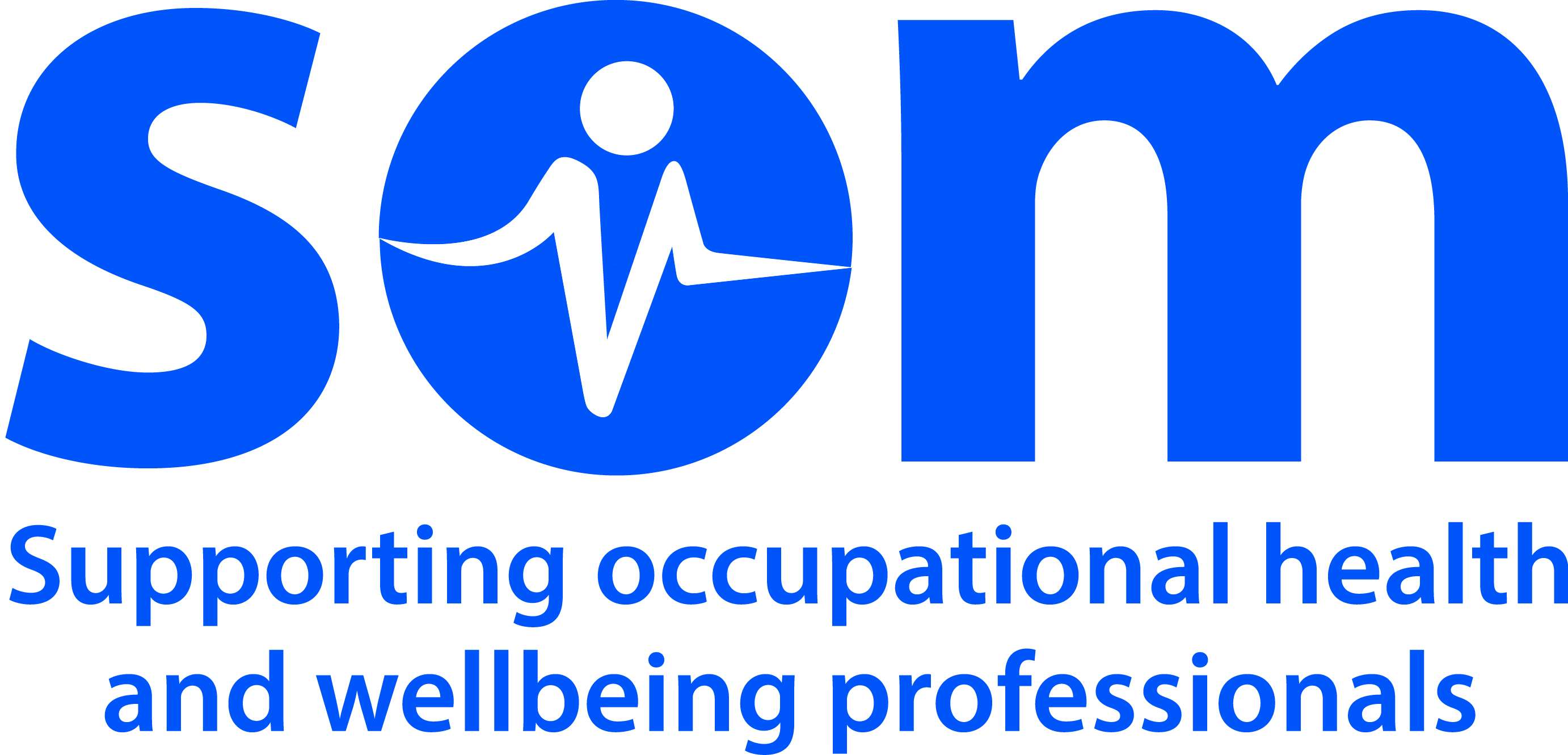Pregnancy

Occupational Health Considerations
Agents considered harmful to health and present in the work environment represent a potent risk to the pregnant woman and developing foetus. For example, anaesthetic gases are associated with an increased risk of miscarriage. Formaldehyde is associated with increased risks of defects ranging from birth malformations to spontaneous abortions.
This module is presented with rather a lot of lists rather than flowing text. That is somewhat necessary given the wide range of diverse risks to pregnancy in the workplace.
Clinical Aspects
Adverse pregnancy outcomes include:
Maternal morbidity or mortality
Birth defects.
Spontaneous abortion
Low birth weight (<2500g)
Pre-term delivery (<37wks gestation)
Industries at risk
Agriculture ( a wide range of physical, chemical and biological hazards)
Healthcare
Pharma: Preparation of cytotoxic drugs and teratogens (eg antibiotics) and oestrogen
Working with ionising (eg nuclear facilities) and non-ionising radiation (eg X-rays)
Lead (Pb) work
Construction, Diving: Work at raised atmospheric pressure
This list is not exhaustive
Chemical Hazards
Solvents
Anaesthetic gases
Paint
Pesticides
Physical Hazards
Physical violence (e.g. police, hospital workers, other public service)
Lifting
Ionizing radiation
Heat stress
SMALL increased risk associated with :-
Heavy physical work
Prolonged standing
But irrespective of any foetal risk , the physiological demands of late pregnancy (>28 weeks) may indicate difficulty with long working hours , shift work, heavy physical work prolonged standing. There is a good case for the OH clinician to be advising adjustments here.
Biological hazards Infections: -
Varicella in late pregnancy
Zika virus
Rubella (-> Congenital Rubella Syndrome)
CMV
Toxoplasma
Chlamydia psittaci (from birds - > enzootic abortion)
Coxiella burnetti (Q fever)
Parvovirus B19 (slapped cheek disease or fifth disease).
Covid-19
As pregnancy progresses the hazards may change markedly and the risk assessment should be repeated.
Measures to control exposures should be taken for women potentially exposed to ionising radiation or hazardous chemicals. If adequate control cannot be achieved, the pregnant worker should be allocated alternative duties suspended from duties.
There is no evidence of risk from computer monitor screens.
Morning sickness may temporarily make work impossible or adjustments in working hours may be warranted.
My reflection

